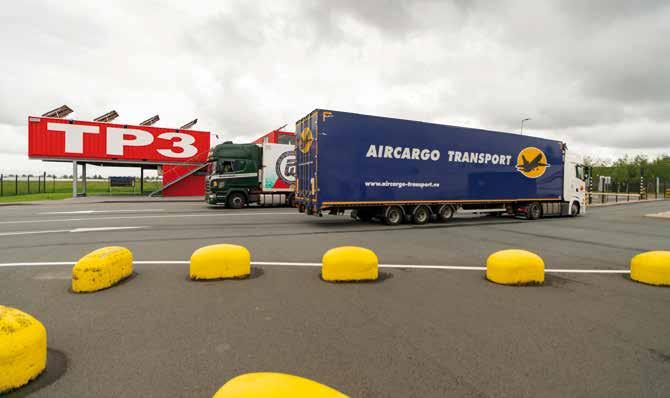52
KNOWLEDGE & EDUCATION
Learning communities in logistics An instrument for innovation and learning Life is continuous learning. A ‘rich’ and diverse learning environment contributes to actively being able to realise this. Young or old, student or professional. Learning is of all times and, to this end, the knowledge institutions should commit their education and research to the benefit of innovation and modernisation for business and government. The objective is to aim for a symbiosis in a so-called triple/quadruple helix setting.
Text Dr. Donald Ropes, Dr. Han van Kleef, Dr. Richard de Jong and Drs Giovanni Douven, Research (Study) Group Learning and Development in Organisations, Inholland University of Applied Sciences
In order to remain competitive, logistics companies must constantly and continuously innovate. Increasingly there are also sustainability requirements from the customer as well as the local environment and the government. Furthermore, we are also seeing the complexity of logistical chains increasing ever further, which is an enormous challenge for structuring the associated logistical processes. The logistics professional with the requisite knowledge and skills plays a key role here to effectively contribute to the desired innovations.
Cargo Magazine
At ‘Topsector Logistiek’ we see that learning communities can be a way to ensure that companies work on innovation whilst, at the same time, investing in their human capital. The concept of learning communities was put forward by the top sectors in 2016 as a model for bridging learning, working and researching. Learning communities in the area of logistics are public-private partnerships in which stakeholders from companies, government and knowledge institutions work together on logistical challenges. The idea is that the learning communities’ stakeholders themselves are given the opportunity to innovate and in so doing the necessary knowledge, skills and experience becomes “theirs”, which raises the success rate of the innovation. Learning communities are therefore important for the lifelong development of employees but, more especially, are necessary for the
specific and complex nature of many logistical innovations. A learning-working environment does not come about by itself. Learning communities house a high level of complexity. This complexity comes from the task itself upon which is being worked, but also through the diversity – and various interests – of the many stakeholders involved. What it comes down to is that learning communities have to be cultivated and coordinated in a particular way otherwise they do not get off the ground, do not work well or they quickly disintegrate. The project Trucking CDM 2.0 is a triple helix, multi-disciplinary learning community, working actively with the establishment and structure of a digital platform to improve handling of air cargo. CDM stands for Collaborative Decision Making, the core of cooperative and collective decision taking. The project is a good example of what a learning community in logistics can achieve when developed and coordinated in a systematic manner.



























